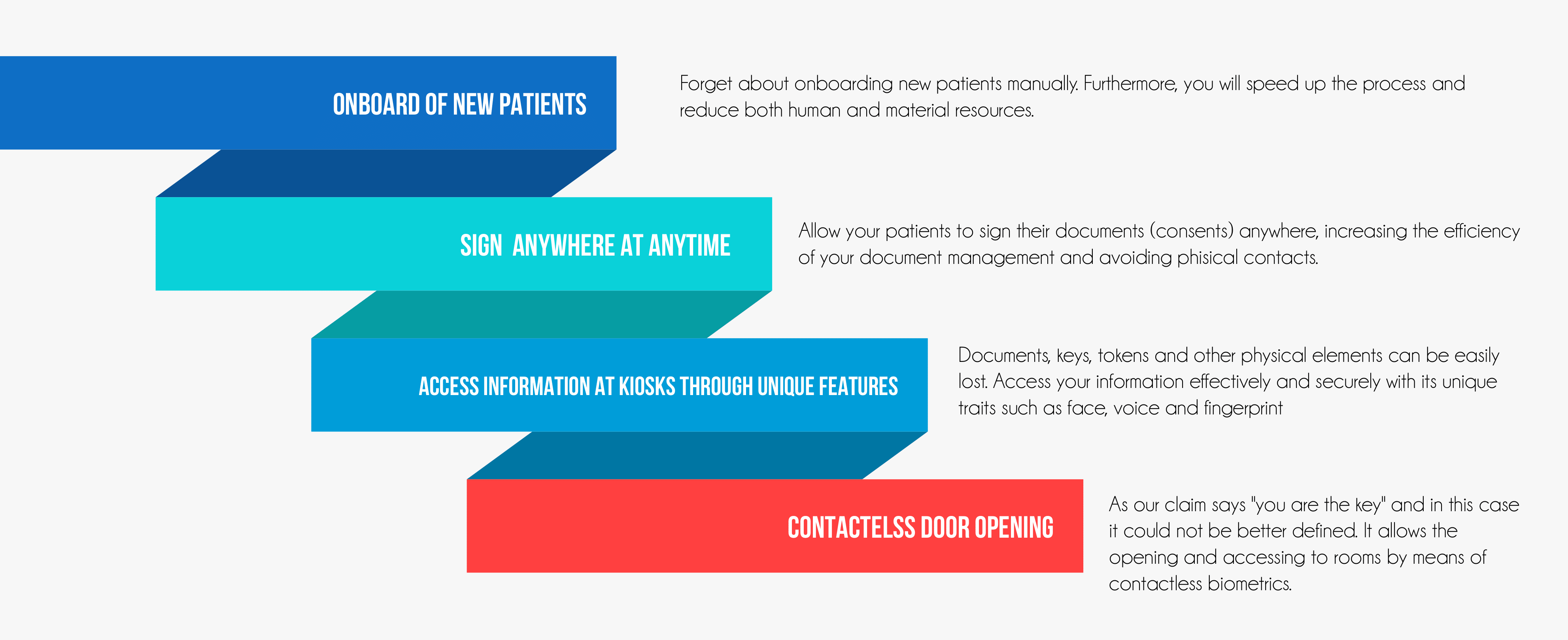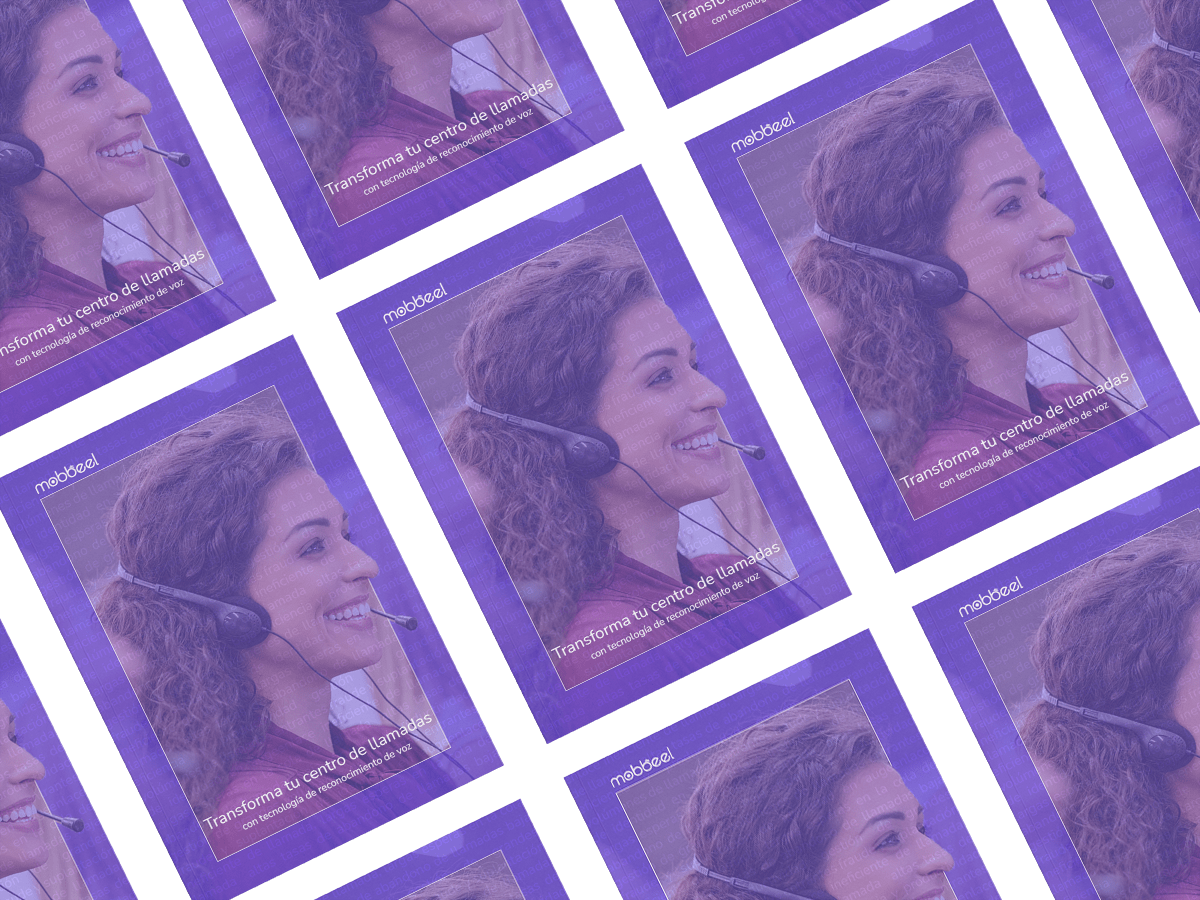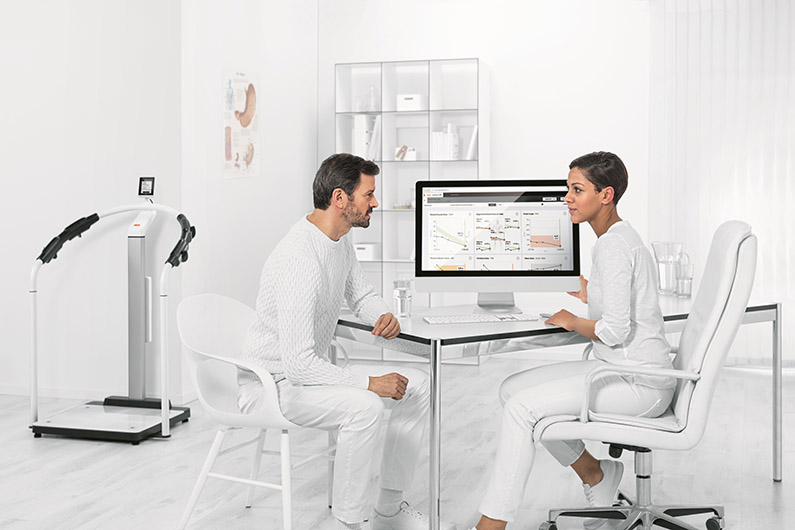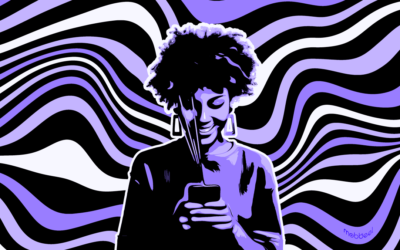No one doubts neither in the public nor the private healthcare industry about the need to undertake a deep transformation to optimize processes through digitization. The largest clinics have been taking steps towards that goal for years, thanks to the analysis of Big Data and Internet availability, allowing patients to access online consultations through videoconferencing, for example, or removing the necessity for paper by enabling digital signatures on tablets, through introducing biometrics in the healthcare industry. Smaller clinics, on the other hand, remain rudimentary, using paper for patient records and for signatures on any type of document.
Today, a few months after the emergence of the coronavirus and as we dive into “the new normality”, we realise that this trend towards healthcare industry digitalization, has become overnight a necessity to avoid contacts and crowds by keeping safe distances between patients and health professionals.
Our first steps within the healthcare industry
In 2009 we were worldwide pioneers in developing biometric recognition solutions for mobile devices, ahead of companies like Google or Apple. Many industries were optimistic about the huge potential of using biometric recognition to verify the identity of users in digital environments, but few companies had the courage to be the first in their sector to adopt such innovative technologies.
— The ability to authorize a banking transaction with your face or access a mobile app with your iris seems more secure and simple than doing so with a user name and password— banks and financial sector companies assured us, — but the market is not yet mature enough for its adoption. When you have more customers in this sector, come back and knock on our door, we will surely incorporate it. — It was not until the incorporation of biometric sensors in mobile devices when these technologies began to be massively adopted for a wide range of uses.
On the other hand, we quickly closed projects with our digital signature solution, many of them with clinics in the health sector. In this case the advantages were so obvious that its use was soon standardized, as our biometric signature meets all legal requirements set out in the many regulations and standards for electronic and digital signatures, removing paper, making the process more eco-friendly and consequently reducing costs, while improving the user experience and allowing the signing process anywhere at any time.
Therefore, from 2012 we began working with the first clinics in Spain that implemented the biometric signature to sign PDF documents face-to-face. To do this, we used tablets (iOS, Android or Windows) with a native app that integrated our biometric signature SDK, while connecting to the clinic’s CRM to store the signed consents.
Use of biometrics in healthcare centers
Nowadays, there is an urgency to go one step further, allowing the patient to sign any document from his smartphone either remotely or in the clinic itself, with a contactless and web-based signature solution avoiding the need to download any native app.
The potential use of biometric recognition technologies has no limits and with the same premise of avoiding physical contact between patients and healthcare staff, we can see solutions that range from contactless access to information at kiosks through facial or voice recognition (biometric authentication), to door opening and access to physical rooms with multi-biometrics.

However, in order to authenticate a user through biometrics we need to have the user previously registered in the system with some biometric samples to make the matching each time we verify their identity.
This seems relatively simple for the clinic staff since we can register them on our database and we can easily perform a biometric enrollment in a controlled and face-to-face way. Nevertheless, in the case of the patients it is not so simple.
Use case: biometric verification in the healthcare industry
In order to perform the digital registration of patients or to allow the patient access to sensitive information, we can use a legally based identity document such as an ID card or passport.
The process for the user would be simple, using state-of-the-art technology based on artificial intelligence, deep learning and neural networks: The patient is asked to show their identity document to the camera, the document is automatically scanned and validated, the information is collected by OCR (or NFC) and finally a selfie with liveness detection is made to match the selfie with the picture on the id document using biometric algorithms.
In this way we can verify a patient’s identity the first time they access our systems. This process can be carried out in a web environment via a mobile device, a webcam or even at kiosks at the clinic.
In conclusion, our solutions based on biometrics allow the verification of the identity of patients in digital environments from the first moment in which they begin their relationship with the clinic through the scan and verification of their ID card in a digital registration process to multi-biometric recognition each time they access the system or consult their history, including the biometric signature with legal validity of consents and documents.
In addition, all these technologies allow contactless processes on tablets or in kiosks, which is even more important in the current situation to avoid contact between people.
If you are interested in learning more about what our technology can do to verify your patients’ identity online and be able to sign using a digital signature, please do not hesitate to contact us!
(Spanish translation is published in Revista Salud Digital Latinoamérica )

I’m a Software Engineer with a passion for Marketing, Communication, and helping companies expand internationally—areas I’m currently focused on as CMO at Mobbeel. I’m a mix of many things, some good, some not so much… perfectly imperfect, just as I am.

GUIDE
Optimise every incoming call to your call center
Find out the advantages of voice biometrics and transform your customer service. Get a clear insight into how this technology can revolutionise your processes, reducing average call time, decreasing agent stress, and eliminating customer frustration.





